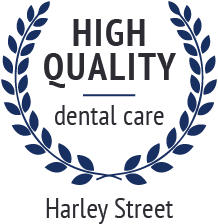What are tooth stains?
The food and drink we consume such as tea, coffee, red wine, and tobacco can stain our teeth.
This means they may have a tarnished look, becoming progressively less white and more yellow, brown or grey as we get older.
The effects can be worsened if you don’t follow a rigorous dental hygiene regime. Our teeth can also become stained by certain medications, diabetes, damaged nerves, plaque, and tooth decay.
But even if your teeth are stained, it doesn’t necessarily mean you aren’t looking after them properly or there is something wrong with you.
Our teeth naturally become less white as we get older, while some people inherit teeth which are structurally discolored.
Removing tooth stains
There are a number of ways to restore a bright, vibrant look to your teeth. The method will depend on how your teeth are stained, and how badly.
Some tooth stains are only superficial, while others may have become structurally discolored, which means they will require more extensive treatment.
Superficial stains can be removed with simple procedures such as scale-and-polishing or air abrasion. These treatments are often quick, relatively painless, and don’t require any form of anaesthetic or sedation.
Where the stains are more severe, advanced procedures will be administered.
- Scale-and-polishing is just a form of deep cleaning. All you will feel is a tickling, vibrating sensation as an ultrasonic instrument scales the surface of your teeth. This will remove the calculus and tartar while smoothing the surface of your teeth. Your teeth will then be polished using a prophy cup or a prophy jet – a small rotating rubber cup or a jet of water and sodium bicarbonate.
- Air abrasion is simply a blast of air mixed with a few other ingredients such as aluminium oxide and baking soda. The decayed and discoloured particles on the surface of your teeth are loosened before being sucked away to reveal smoother, healthier, and totally natural teeth.







